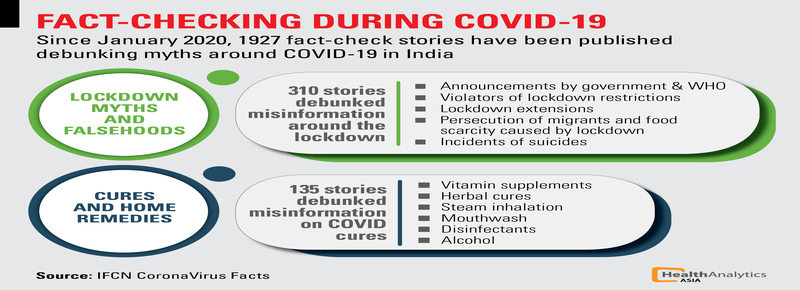EXPLAINER: Why are young South Asians at a risk of heart disease?
Recent studies show that people from India, Pakistan, Bangladesh, Sri Lanka, Bhutan and the Maldives, were at a greater risk of developing heart disease at a young age
Author
Author
- admin / 1 year

- 0
- 5 min read

Author
For the longest time, heart disease has been the biggest reason for deaths, worldwide, with the number of dead running into millions, and now new studies show that South Asians, including Indians, are at an increased risk on developing heart disease at a young age. While South Asians constitute a quarter of the world’s population, they account for 60 percent of the world’s population afflicted by heart disease. What explains this?
Heart disease- the biggest killer worldwide
According to the World Health Organisation (WHO), cardiovascular diseases are the leading cause of deaths globally. “An estimated 17.9 million people died from CVDs in 2019, representing 32% of all global deaths. Of these deaths, 85% were due to heart attack and stroke,” they said.
They also estimate that at least 75% of these deaths occur in low and middle income countries, because “people living in low- and middle-income countries often do not have the benefit of primary health care programmes for early detection and treatment of people with risk factors for CVDs.”
“As a result, for many people in these countries detection is often late in the course of the disease and people die at a younger age from CVDs and other noncommunicable diseases, often in their most productive years,” they said.
Recently, a few studies also showed that South Asians, including people from India, Pakistan, Bangladesh, Sri Lanka, Bhutan, and the Maldives, were at a greater risk of developing heart disease at a young age. Some heart health organisations estimate this risk to be four times greater than that of other population groups. Studies involving life-style interventions on a group of U.S. South Asians found that lifestyle intervention did not change the risk of heart disease significantly.
In India, sudden deaths due to heart attacks increased by 12.5% from 28,413 in 2021 to 32,457 in 2022.
Even in the absence of known signals of heart disease such as smoking tobacco, and a high Body Mass Index abbreviated BMI, South Asians could suffer a heart attack. This risk of heart disease, despite the absence of risk indicators, is termed the South Asian “paradox”. Team First Check, for its readers, undertook a review of the latest studies to simplify the findings for its readers.
Why are South Asians at an increased risk of heart disease?
According to health scientists, South Asian genes promote fat deposition in the abdominal region leading to insulin resistance and eventually to diabetes. Heart muscles need oxygen to survive. The oxygen supply to these heart muscles could get restricted from the build-up of plaque—fat, cholesterol, and cellular waste—in the coronary artery. This condition is referred to as coronary artery disease (CAD) and could lead to a heart attack. Coronary artery disease is common among individuals with Diabetes, a health condition in which the body’s response to Insulin is diminished. Diabetics often begin to experience high blood pressure (hypertension) after some time period and eventually could develop CAD.
The South Asian diet, rich in carbohydrates, refined sugars and dairy, and less physical exercise on part of South Asians contribute to the early onset of diabetes and eventually to that of heart disease.
Further, 4% of the South Asian population is found to be carrying a gene that puts them at an increased risk of heart failure.
What do the experts have to say?
With all the discussion around South Asians’ heart health, a non-profit in the U.S. dedicated to fighting heart disease and stroke, The American Heart Association, too, has factored the South Asian heritage as a factor that increases the risk of developing heart disease. But does that mean that all South Asians are doomed to live with the fear of developing heart disease? Definitely not, says Dr Pavan Rasalkar, Consultant—Interventional Cardiology, Fortis Hospital, Nagarbhavi, Bengaluru. According to Dr Rasalkar, “genetics are part of non-modifiable factors that contribute to the heart disease. One can do little about these. But one can work to keep heart disease at bay by managing the modifiable factors. These include one’s sleep cycle—ensuring that one is consistent with one’s sleep time, getting sufficient physical exercise, ensuring diabetes and obesity are kept under control. This will help manage one’s stress and ensure a healthy heart. Further, avoiding the use of tobacco in any form could especially help the South Asian population minimize the risk of heart disease, since South Asians are more susceptible to harm by tobacco than is the western population. Controlling the urge to consume alcohol in large quantities, will also go a long way in ensuring a healthy heart among South Asians”.
Also read: Explainer: Cardiac Arrest and Heart Attack are not the Same – First Check









